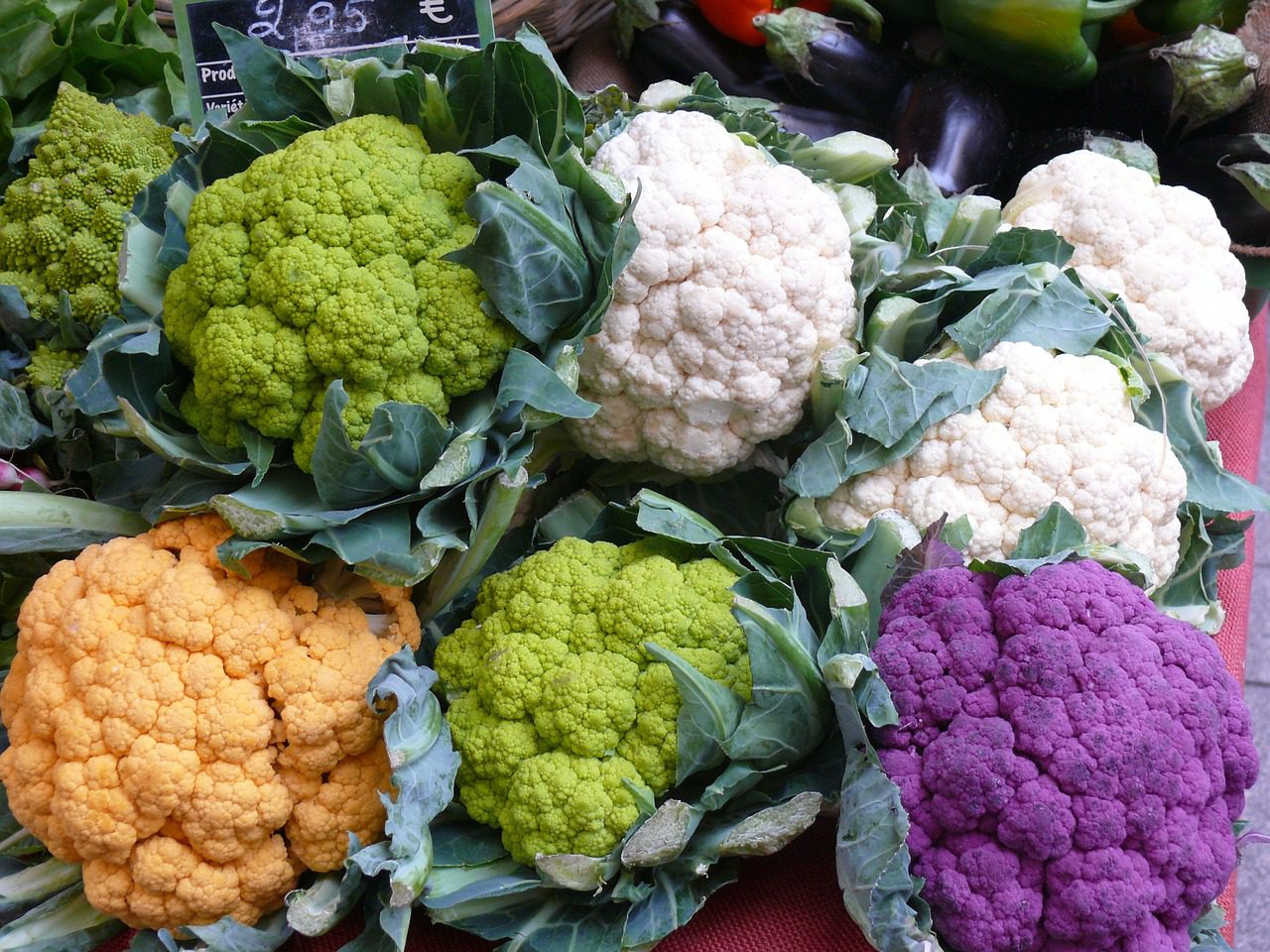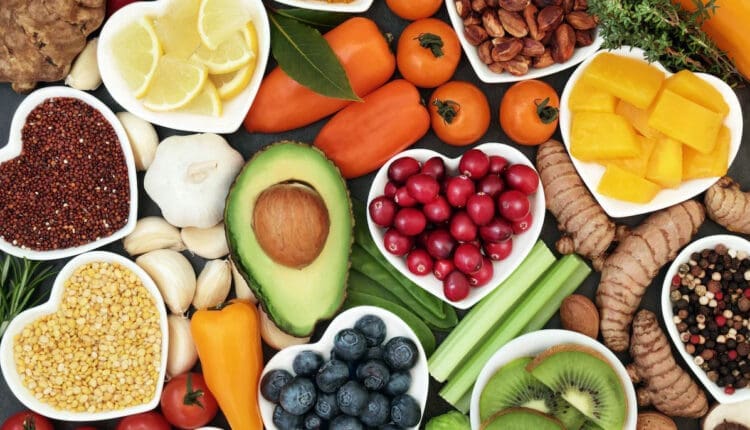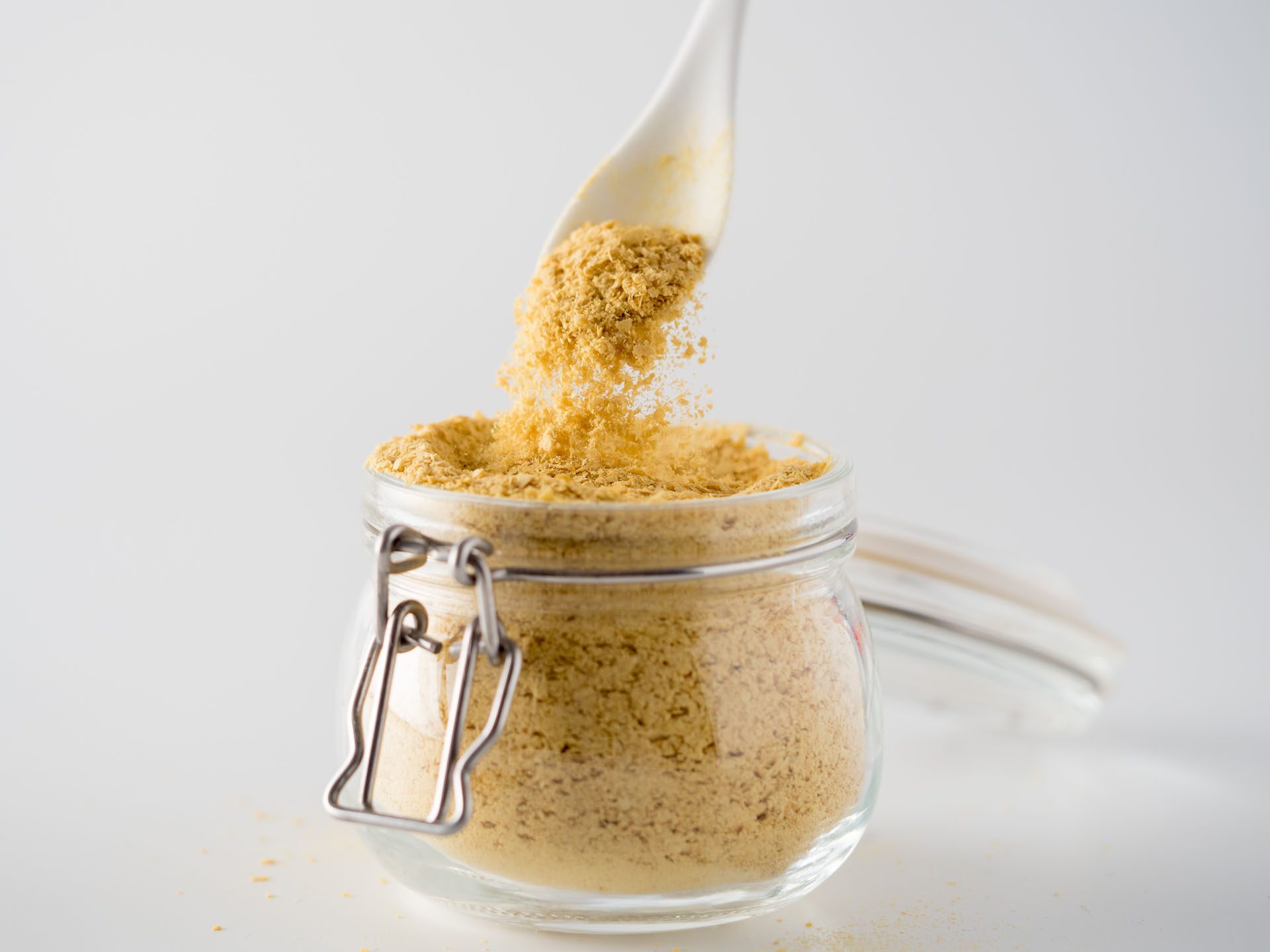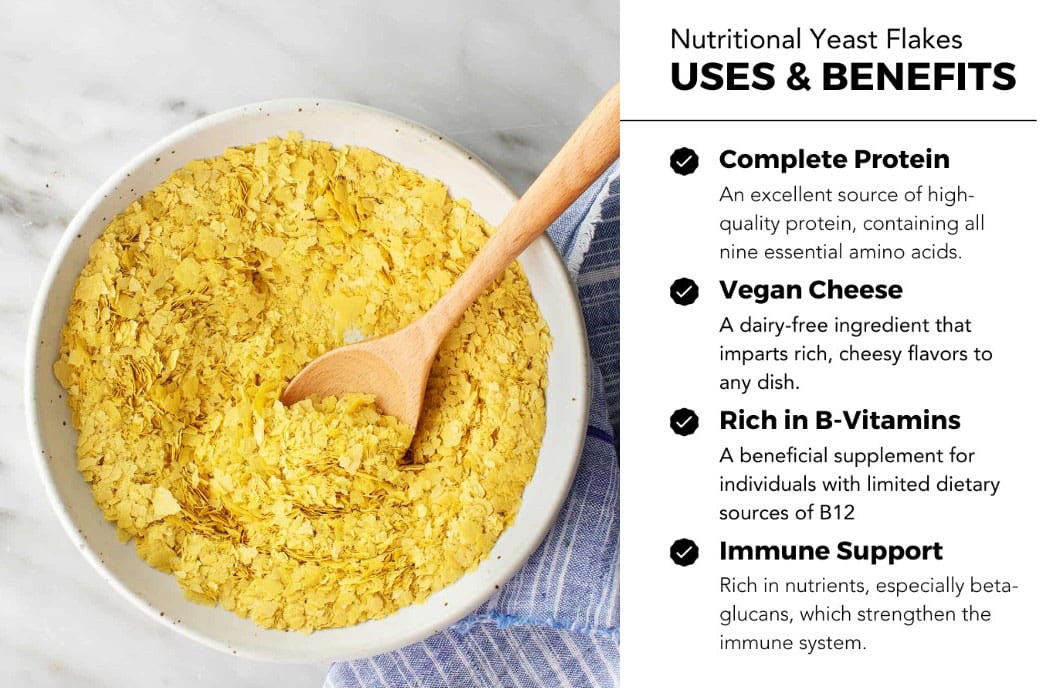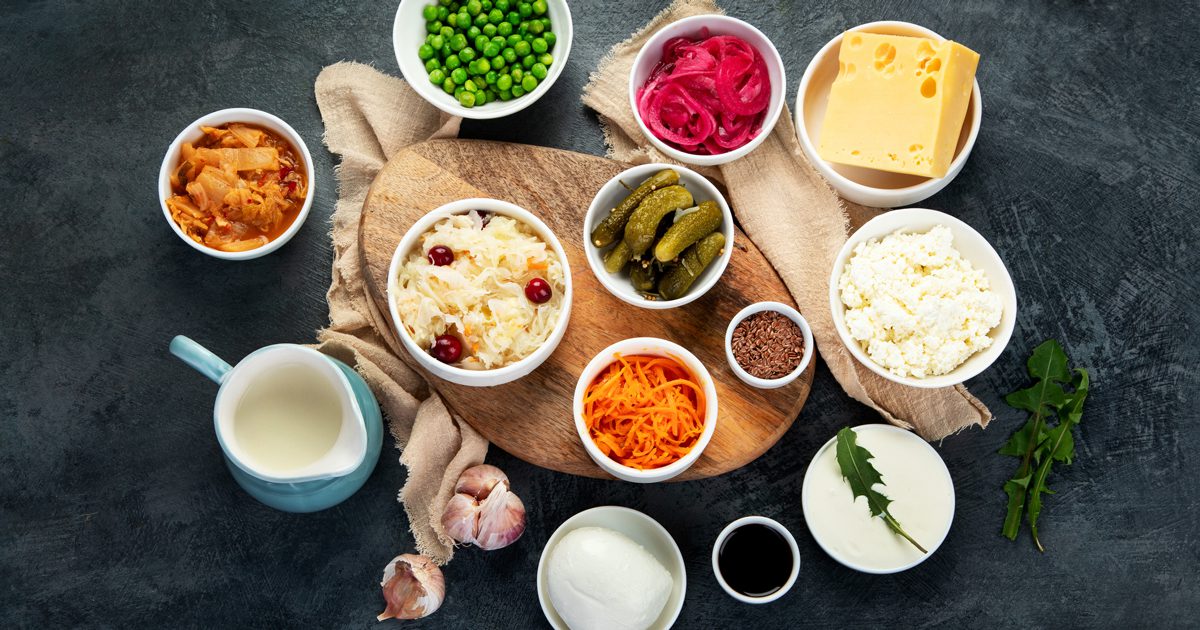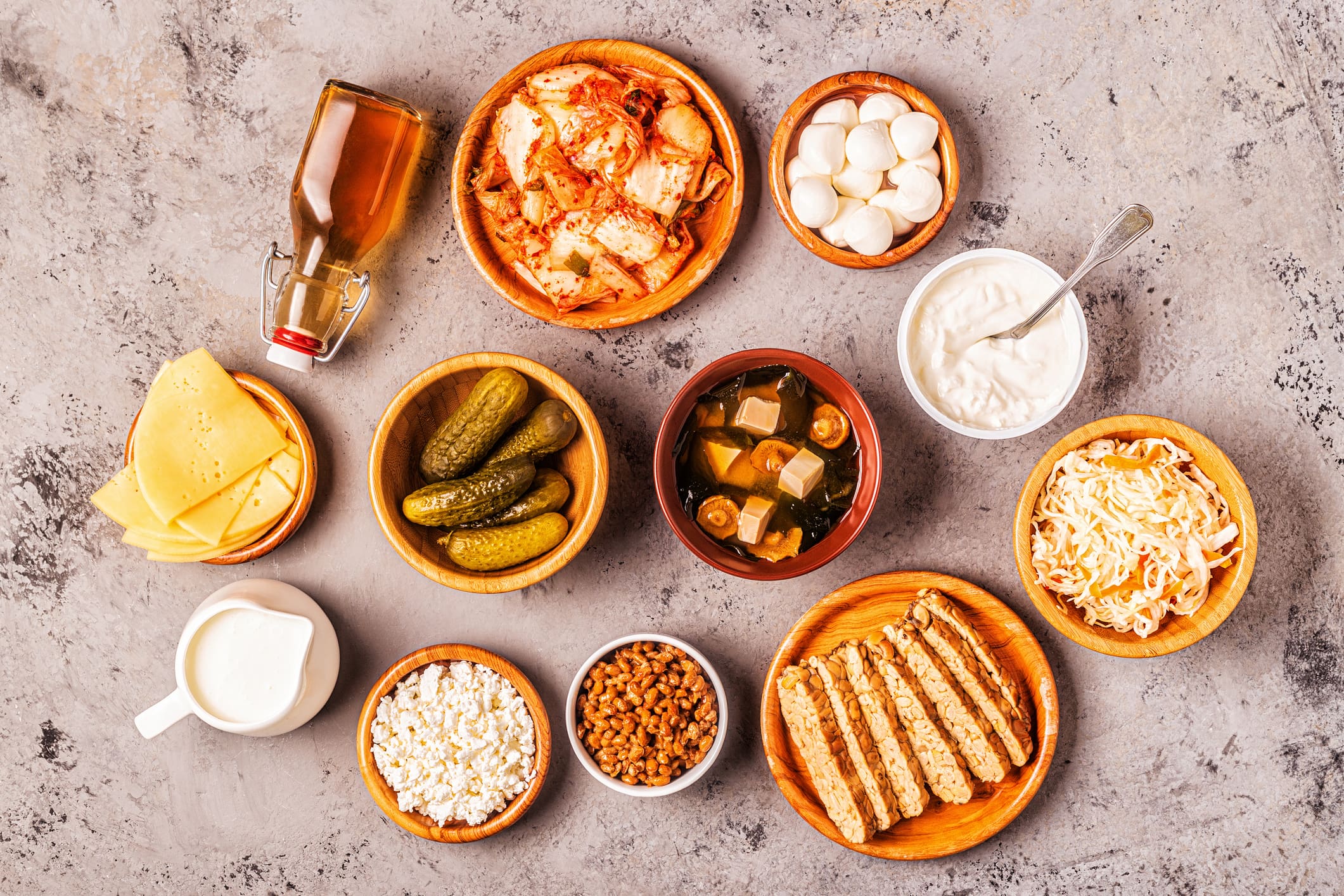Cauliflower Health Benefits You Should Know
Cauliflower is more than just a side dish. Discover exciting recipes and health benefits of cauliflower for a balanced diet.
Introduction
As a seasoned Nurse Practitioner with over 20 years of experience in physical and functional medicine, I’ve witnessed firsthand how diet and lifestyle choices profoundly influence overall health, from musculoskeletal integrity to gut function and immune resilience. One vegetable that has stood out for its remarkable versatility and potent health benefits is cauliflower. Often underestimated due to its pale appearance, cauliflower is a powerhouse of nutrients and bioactive compounds that can play a pivotal role in disease prevention, inflammation reduction, and metabolic optimization.
In this article, we’ll delve into cauliflower’s nutritional profile, examine its science-backed health benefits, and explore easy, delicious ways to incorporate this cruciferous gem into your daily diet. Whether your goal is reducing chronic inflammation, improving gut health, or supporting cardiovascular wellness, cauliflower deserves a starring role on your plate.
What Is Cauliflower?
Cauliflower (Brassica oleracea var. botrytis) is a cruciferous vegetable belonging to the Brassicaceae family, which includes broccoli, kale, Brussels sprouts, and cabbage. Native to the Mediterranean region, cauliflower is cultivated worldwide and comes in a variety of colors beyond the common white—such as green, purple, and orange—each offering unique phytonutrient profiles.
What makes cauliflower especially appealing in functional medicine is its low calorie and high nutrient density. It provides a rich array of vitamins, minerals, fiber, and powerful phytochemicals, making it an exceptional choice for individuals seeking to optimize health and prevent chronic disease.
Nutritional Value of Cauliflower
Cauliflower’s nutrient composition is a testament to its status as a superfood. Here’s what you’ll find in a one-cup (approximately 107 grams) serving of raw cauliflower:
- Calories: 27 kcal
- Carbohydrates: 5 g
- Dietary Fiber: 2.1 g
- Sugar: 2 g
- Protein: 2.1 g
- Fat: 0.3 g
- Sodium: 32 mg
- Potassium: 320 mg
- Vitamin C: 85% of Daily Value (DV)
- Vitamin B6: 10% of DV
- Calcium: 2% of DV
- Magnesium: 4% of DV
- Iron: 2% of DV
Beyond these basics, cauliflower is rich in glucosinolates and sulforaphane—bioactive compounds known for their anti-inflammatory, anticancer, and neuroprotective properties. (Otoo & Allen, 2023)
How Cauliflower Supports Health
1. Boosts Immune Function and Antioxidant Defense
Cauliflower’s high vitamin C content enhances immune resilience by promoting white blood cell activity and protecting cells from oxidative stress. Its carotenoids and flavonoids provide additional antioxidant benefits, helping to neutralize free radicals and lower inflammation—a key contributor to chronic diseases like arthritis and cardiovascular disease. (Ahmed & Ali, 2013)
2. Promotes Gut Health and Regularity
Dietary fiber in cauliflower not only supports digestive regularity but also nourishes beneficial gut bacteria, enhancing microbiome diversity. Its glucosinolates (GLS) break down into isothiocyanates, compounds shown to have antimicrobial effects that help balance the gut ecosystem and reduce the risk of gastrointestinal disorders. (Sikorska-Zimny & Beneduce, 2021)
3. Aids in Weight Management and Metabolic Health
Low in calories but high in fiber and water content, cauliflower is an ideal food for satiety and weight control. Its fiber content slows digestion and promotes feelings of fullness, which can reduce overall caloric intake. Research also links cruciferous vegetable intake to improved insulin sensitivity and reduced risk of obesity-related metabolic disorders. (Madsen et al., 2023)
4. Reduces Inflammation and Oxidative Stress
Chronic inflammation and oxidative stress are central drivers of musculoskeletal pain, cardiovascular disease, and neurodegeneration. Sulforaphane—a potent compound found in cauliflower—has been shown to modulate inflammatory pathways and protect against oxidative cellular damage. Regular consumption of cauliflower may thus contribute to reduced markers of systemic inflammation. (Shandilya et al., 2022)
5. Potential Cancer-Protective Effects
Multiple epidemiological studies have linked cruciferous vegetable intake with a reduced risk of various cancers, including colorectal, lung, and breast cancers. Sulforaphane and other glucosinolate derivatives can induce phase II detoxification enzymes and promote apoptosis of cancer cells while inhibiting tumor growth. (Zhang et al., 2025)
Eating Right To Feel Better- Video
Cauliflower in Functional Medicine: Why It Matters
From a functional medicine perspective, food is medicine. Cauliflower’s ability to modulate gut health, reduce chronic inflammation, and support detoxification makes it invaluable in protocols aimed at healing leaky gut, balancing hormones, or managing autoimmune conditions. Moreover, because it is naturally gluten-free and low in carbohydrates, cauliflower is a favorite among individuals following ketogenic, paleo, or anti-inflammatory diets.
Simple and Delicious Cauliflower Recipes
Incorporating cauliflower into your diet doesn’t have to be boring. Here are some easy, nutrient-dense recipes that I often recommend to my patients:
1. Cauliflower Rice
A low-carb alternative to traditional rice, cauliflower rice is quick and versatile.
Ingredients:
- 1 head of cauliflower
- 1 tablespoon olive oil
- 2 cloves garlic (minced)
- Salt and pepper to taste
Instructions:
- Pulse cauliflower florets in a food processor until rice-like consistency is achieved.
- Sauté garlic in olive oil over medium heat.
- Add cauliflower rice and cook for 5-7 minutes.
- Season with salt and pepper. Serve as a side or a base for stir-fries.
2. Cauliflower Pizza Crust
Perfect for those avoiding gluten or refined carbs.
Ingredients:
- 1 head of cauliflower
- 1 egg
- 1/2 cup shredded mozzarella
- 1 teaspoon Italian seasoning
- Salt and pepper to taste
Instructions:
- Steam and mash cauliflower. Squeeze out excess moisture using cheesecloth.
- Mix with egg, cheese, and seasonings to form a dough.
- Shape into a pizza crust and bake at 400°F (200°C) for 15 minutes.
- Add toppings and bake for an additional 10 minutes.
3. Cauliflower Buffalo Bites
A crowd-pleasing snack with all the flavor and none of the guilt.
Ingredients:
- 1 head of cauliflower (cut into florets)
- 1/2 cup all-purpose or gluten-free flour
- 1/2 teaspoon garlic powder
- 1/2 teaspoon paprika
- 1 cup buffalo sauce
Instructions:
- Toss florets with flour and spices.
- Bake at 425°F (220°C) for 20 minutes.
- Toss with buffalo sauce and bake for an additional 10 minutes.
- Serve with celery sticks and a light ranch dip.
Conclusion: A Simple Step Toward Vibrant Health
Cauliflower is far more than a bland vegetable—it’s a therapeutic food with broad applications in physical and functional medicine. Its high nutrient density, anti-inflammatory properties, and gut-supportive compounds make it an excellent addition to any health-conscious individual’s diet.
In my clinical practice, I often emphasize the importance of personalized nutrition, and cauliflower frequently features in customized dietary protocols. By integrating this humble yet powerful vegetable into your meals, you can take meaningful steps toward reducing inflammation, optimizing gut health, and enhancing overall well-being.
For individuals seeking a holistic approach to health that marries dietary excellence with physical and functional therapies, working with experienced healthcare providers who understand the synergy between food and medicine is key. Together, we can build a roadmap that supports long-term wellness, starting with something as simple as adding more cauliflower to your plate.
Injury Medical & Functional Medicine Clinic
We associate with certified medical providers who understand the importance of assessing individuals and incorporating cauliflower into their dietary needs. When asking important questions to our associated medical providers, we advise patients to incorporate numerous vegetables like cauliflower into their foods to provide energy and nutrients to their bodies in their customized treatment plan. Dr. Alex Jimenez, D.C., uses this information as an academic service. Disclaimer.
References
Ahmed, F. A., & Ali, R. F. M. (2013). Bioactive Compounds and Antioxidant Activity of Fresh and Processed White Cauliflower. BioMed Research International, 2013, 1-9. https://doi.org/10.1155/2013/367819
Madsen, H., Sen, A., & Aune, D. (2023). Fruit and vegetable consumption and the risk of hypertension: a systematic review and meta-analysis of prospective studies. Eur J Nutr, 62(5), 1941-1955. https://doi.org/10.1007/s00394-023-03145-5
Otoo, R. A., & Allen, A. R. (2023). Sulforaphane’s Multifaceted Potential: From Neuroprotection to Anticancer Action. Molecules, 28(19), 6902. https://doi.org/10.3390/molecules28196902
Shandilya, S., Kumar, S., Kumar Jha, N., Kumar Kesari, K., & Ruokolainen, J. (2022). Interplay of gut microbiota and oxidative stress: Perspective on neurodegeneration and neuroprotection. J Adv Res, 38, 223-244. https://doi.org/10.1016/j.jare.2021.09.005
Sikorska-Zimny, K., & Beneduce, L. (2021). The Metabolism of Glucosinolates by Gut Microbiota. Nutrients, 13(8), 2750. https://doi.org/10.3390/nu13082750
Zhang, X., Jia, Q., Jia, X., Li, J., Sun, X., Min, L., Liu, Z., Ma, W., & Zhao, J. (2025). <i>Brassica</i> vegetables—an undervalued nutritional goldmine. Horticulture Research, 12(2). https://doi.org/10.1093/hr/uhae302

